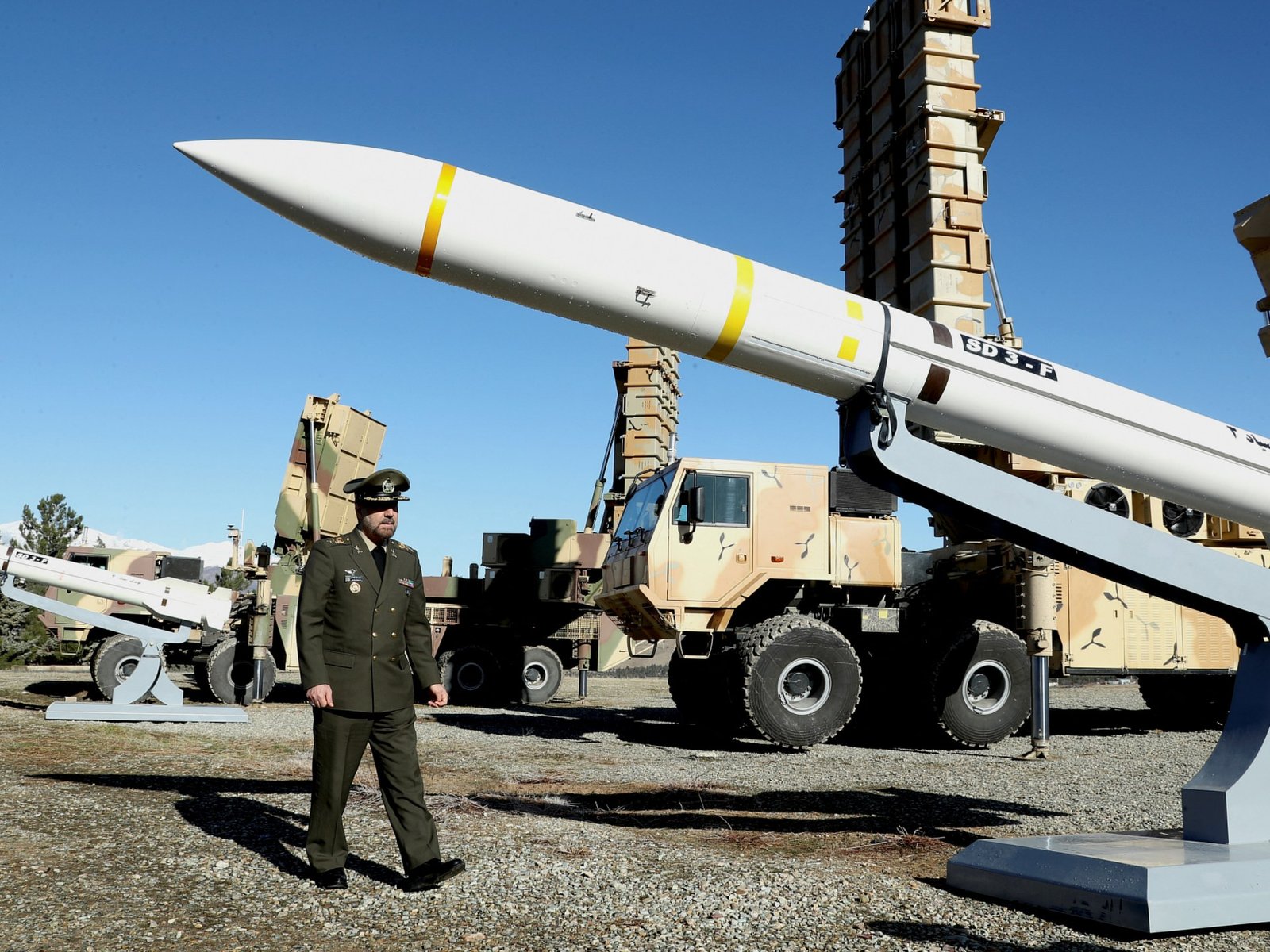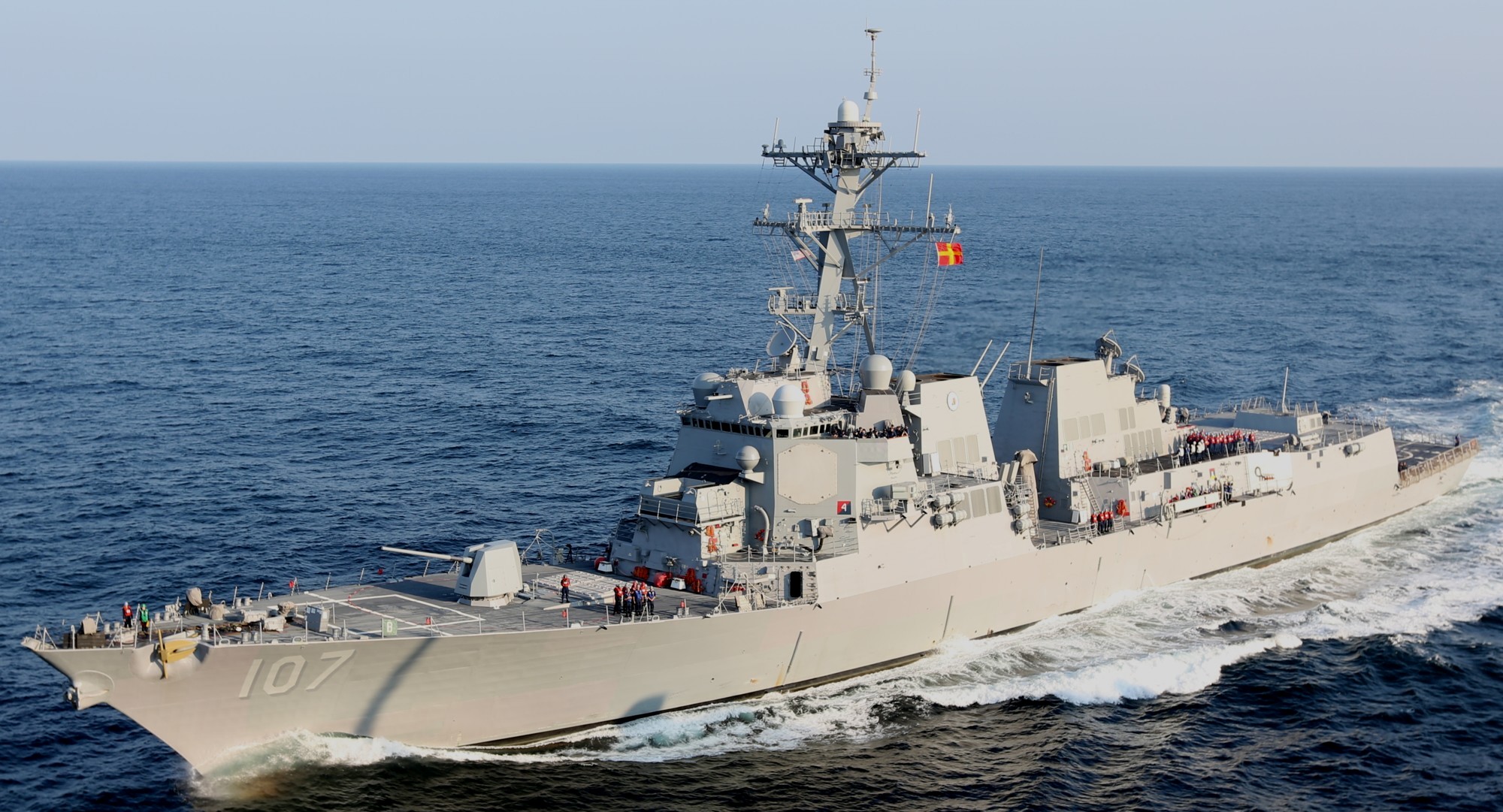
Iran’s Retaliation on Israel Highlights a US-led War
Reaching Iraq, Jordan, Saudi Arabia, and Others
Ken Klippenstein / The Intercept
(April 14, 2024) — The Regional War in the Middle East now involves at least 16 different countries and includes the first strikes from Iranian territory on Israel, but the United States continues to insist that there is no broader war, hiding the extent of American military involvement. And yet in response to Iran’s drone and missile attacks Saturday, the US flew aircraft and launched air defense missiles from at least eight countries, while Iran and its proxies fired weapons from Iraq, Syria, and Yemen.
The news media has been complicit in its portrayal of the regional war as nonexistent. “Biden Seeks to Head Off Escalation After Israel’s Successful Defense,” the New York Times blared this morning, ignoring that the conflict had already spread. “Iran attacks Israel, risking a full-blown regional war,” says The Economist. “Some top US officials are worried that Israel may respond hastily to Iran’s unprecedented drone and missile attacks and provoke a wider regional conflict that the US could get dragged into,” says NBC, parroting the White House’s deception.
The Washington-based reporting follows repeated Biden administration statements that none of this amounts to a regional war. “So far, there is not … a wider regional conflict,” Pentagon press secretary Brig. Gen. Pat Ryder said on Thursday, in response to a question about Israel’s strike on the Iranian Embassy.
Ryder’s statement followed repeated assertions by Iranian leadership that retaliation would follow — and even a private message from the Iranians to the U.S. that, if it helped defend Israel, the US would also be a viable target — after which the White House reiterated its “ironclad” support for Israel.
While the world has been focused on — and the Pentagon has been stressing — the comings and goings of aircraft carriers and fighter jets to serve as a “deterrent” against Iran, the US has quietly built a network of air defenses to fight its regional war.
“At my direction, to support the defense of Israel, the US military moved aircraft and ballistic missile defense destroyers to the region over the course of the past week,” President Joe Biden said in a statement Saturday. “Thanks to these deployments and the extraordinary skill of our servicemembers, we helped Israel take down nearly all of the incoming drones and missiles.”
As part of that network, Army long-range Patriot and Terminal High Altitude Area Defense surface-to-air missile batteries have been deployed in Iraq, Kuwait, the United Arab Emirates, Qatar, Saudi Arabia, Jordan, and at the secretive Site 512 base in Israel.
These assets — plus American aircraft based in Kuwait, Jordan, the UAE, Qatar, and Saudi Arabia — are knitted together in order to communicate and cooperate with each other to provide a dome over Israel (and its own regional bases). The United Kingdom is also intimately tied into the regional war network, while additional countries such as Bahrain have purchased Patriot missiles to be part of the network.

Iran says retaliation is “concluded.” Warns Israel not to respond.
Despite this unambiguous regional network, and even after Israel’s attack on Iran’s embassy in Syria earlier this month, the Biden administration has consistently denied that the Hamas war has spread beyond Gaza. It is a policy stance — and a deception — that has held since Hamas’s October 7 attack.
“The Middle East region is quieter than it has been in two decades,” Biden’s national security adviser Jake Sullivan said in an ill-timed remark eight days before October 7. “We don’t see this conflict widening as it still remains contained to Gaza,” deputy Pentagon press secretary Sabrina Singh said the day after three US troops were killed by a kamikaze drone launched by an Iran-backed militia at a US base in Jordan. Since then (and even before this weekend), the fighting has spread to Iraq, Syria, Jordan, and Yemen.
As part of the regional war network, four American ships, part of the USS Dwight D. Eisenhower (CVN 69) battle group, have played a central role in thwarting Iran-backed attacks. The ships are equipped with long-range Standard surface-to-air missiles and the Phalanx close-in weapon system, a Gatling gun that serves as the ship’s last lines of defense against attack.
All of the ships have been conducting offensive and defensive operations in the Red Sea and Gulf of Aden, focused on Houthi attacks (they all shot Tomahawk sea-launched cruise missiles at targets in Yemen on January 12).
According to maritime spotters and the Navy, the destroyer USS Gravely (DDG 107) has been conducting defensive and offensive operations in the Red Sea and Gulf of Aden since mid-March. It has been engaging Houthi drones and missiles fired from inside Yemen toward Israel and toward maritime traffic.

The destroyer USS Gravely.
The destroyer USS Mason (DDG 87) has also been operating in the Red Sea. Just on Tuesday, it targeted a Houthi anti-ship ballistic missile that was targeting the US commercial ship M/V Yorktown, according to the Navy. The destroyer USS Laboon (DDG 58) arrived in the region in December and has been operating mostly in the Gulf of Aden. The guided-missile cruiser USS Philippine Sea (CG 58) arrived around Christmas and has served as the main air defense command-and-control hub.
American ships have quietly called at ports in Oman, Saudi Arabia, and Djibouti (the port of Duqm in Oman has been the most often visited foreign port). Lebanon is also involved in the conflict as Israel and Hezbollah have traded attacks.
The White House has also said that US fighter jets were involved in some of the shoot-downs of Iranian missiles. Flight trackers noticed a US Air Force refueling plane, stationed in Qatar, flying missions over Iraq during the Iranian attack.
In total, according to CNN, around 170 drones, more than 30 cruise missiles, and more than 120 ballistic missiles were launched at Israel overnight Saturday. All told, US forces were responsible for over 100 interceptions of Iranian drones and missiles, according to Israeli officials.
Posted in accordance with Title 17, Section 107, US Code, for noncommercial, educational purposes.